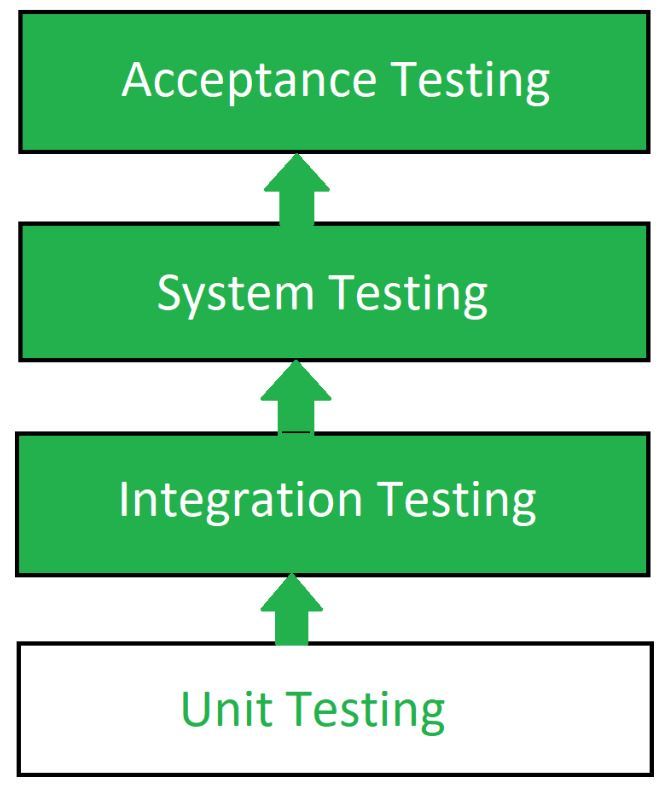Artificial Cleverness (AI) code generation devices have revolutionized software development by robotizing code creation, saving time, and reducing human error. Even so, ensuring the top quality and reliability associated with the generated code remains a vital problem. Component testing, which usually focuses on testing individual parts associated with the software program, is important for validating AI code generators. This specific article explores different tools and frames that can help in component screening for AI code generators.
Need for Element Testing for AJE Code Generators
Component testing is vital regarding AI code generator for several causes:
Accuracy: Ensuring typically the generated code complies with the required requirements.
Reliability: Guaranteeing of which the code functions consistently under various conditions.
Maintainability: Guaranteeing the code is definitely understandable and can be easily modified.
Efficiency: Confirming that the signal executes efficiently without unnecessary resource ingestion.
Without thorough tests, AI-generated code can lead to software that is buggy, insecure, or perhaps inefficient. Therefore, employing the right resources and frameworks for component testing is essential.
Tools plus Frameworks for Component Testing
1. JUnit
JUnit is the widely used testing platform for Java programming language. It is definitely particularly great for aspect testing in AJE code generators because of to its simpleness and effectiveness.
Characteristics:
Annotation-based tests.
Incorporation with IDEs such as Eclipse and IntelliJ IDEA.
Support for test-driven development (TDD).
Usage:
JUnit may be used to test individual strategies and classes created by AI code generators. By composing unit tests for every single component, developers may ensure that every single bit of generated program code functions correctly.
two. PyTest
For Python-based AI code generation devices, PyTest is a powerful testing framework that offers convenience and scalability.
Functions:
Simple syntax regarding writing tests.
Facilitates fixtures for taking care of test resources.
Plugin architecture for extending functionality.
Usage:
PyTest can be utilized to test functions, classes, and themes generated by AJE code generators. It is flexibility allows intended for testing a wide range of elements, ensuring comprehensive affirmation.
3. Mocha
Main is actually a feature-rich JavaScript test framework operating on Node. js, which makes it ideal for testing AI computer code generators written within JavaScript.
Features:
Asynchronous testing support.
Internet browser and Node. js compatibility.
Extensive confirming capabilities.
Usage:
Main can be used to test JavaScript functions and modules generated by AJE code generators. It allows developers in order to write both synchronous and asynchronous assessments, ensuring that almost all facets of the computer code are thoroughly examined.
4. TestNG
TestNG is an advanced testing framework inspired by JUnit using additional functionalities, suitable for complex testing cases.
Features:
Annotations regarding flexible test configurations.
Support for parallel test execution.
Extensive reporting and signing.
Usage:
TestNG can be employed to test Java-based AI code power generators, particularly if dealing using complex testing demands such as integration and end-to-end tests. Its robust capabilities make it suited for comprehensive screening strategies.
5. Jest
Jest is really a charming JavaScript testing construction with a concentrate on simplicity and efficiency. It is sometimes used intended for testing React apps but can also be suitable for AI program code generators.
Features:
No configuration required.
Overview testing.
Built-in coverage reports.
Usage:
Jest can be applied to test elements generated by JavaScript-based AI code power generators. Its snapshot assessment feature is specifically helpful for ensuring that will the generated code’s output will not alter unexpectedly.
6. Software Framework
Robot Platform is an open-source test automation construction that can become used for popularity testing and robotic process automation (RPA).
Features:
Keyword-driven screening.
Extensive library assistance.
Easy integration to tools.
straight from the source :
Robot Framework can be used to analyze AI code generation devices that produce computer code in various dialects. Its keyword-driven strategy allows for writing high-level tests that are usually easy to understand and look after.
7. Cucumber
Cucumber is a new testing tool that supports behavior-driven advancement (BDD). It permits writing tests in a natural language that non-programmers may understand.
Features:
Gherkin syntax for creating tests.
Integration with various programming languages.
Help for BDD.
Consumption:
Cucumber can always be employed to test AI-generated code by writing test scenarios within Gherkin. This method ensures that the generated code meets the specified behavior requirements, making it simpler to validate sophisticated logic.
8. Mocking Frameworks
Mocking frames are essential for isolating components in the course of testing. They let developers to imitate the behaviour of dependencies and focus in testing the aspect in isolation.
Well-known Mocking Frameworks:
Mockito (Java): Provides effective mocking capabilities with regard to testing Java elements.
unittest. mock (Python): A built-in selection for creating make fun of objects in Python.
Sinon. js (JavaScript): Standalone test agents, stubs, and mocks for JavaScript.
Usage:
Mocking frameworks works extremely well alongside unit tests frameworks to simulate dependencies and isolate the component staying tested. This approach makes sure that the tests are focused plus reliable.
Conclusion
Element testing is important for validating typically the quality and dependability of AI-generated code. By using typically the right tools and even frameworks, developers could ensure that each component of the developed code meets the required standards. JUnit, PyTest, Mocha, TestNG, Jest, Robot Structure, Cucumber, and mocking frameworks provide a extensive suite of resources for effective element testing. By utilizing these tools, builders can build strong, reliable, and supportable software using AJE code generators.







Deja una respuesta